For many people, no matter how rich the dishes are, as long as there is no bowl of white rice, the meal is not finished.
White rice, with its fragrant taste, slightly sweet taste and soft texture, has conquered almost all residents of East and South Asia. However, this extremely kind white rice will also bring troubles to people-many studies have shown that the more white rice is eaten by people who eat food as their staple food in any country, the greater the risk of diabetes.
Does White Rice Increase Diabetes Risk?
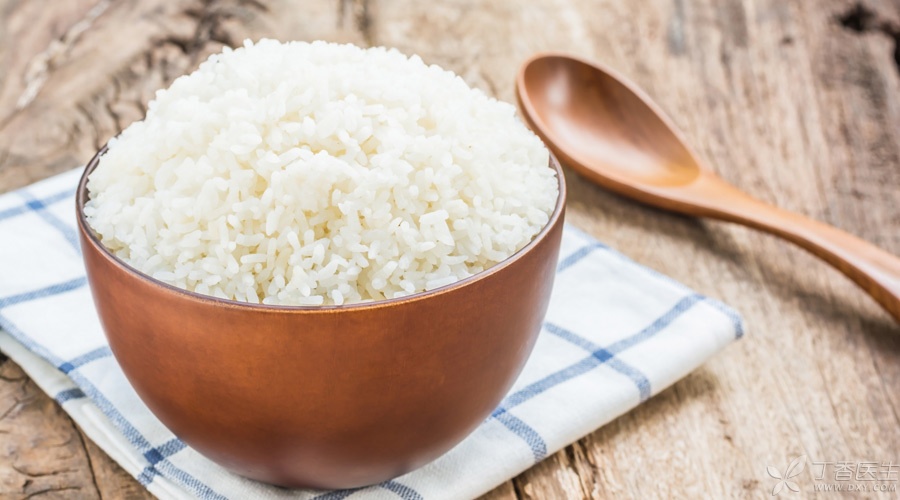
Yes.
As early as 2002, US studies found that white rice, like white bread, is a food that increases the risk of type 2 diabetes.
In 2007, a study conducted among Chinese showed that compared with other people with the same living conditions, just because they eat more white rice, they are more likely to suffer from diabetes.
In 2012, a survey of 350,000 people in China, Japan and the United States confirmed the relationship between white rice intake and diabetes.
Many studies show that for people who are accustomed to daily white rice, white rice really has a great impact on their health.
At present, the prevalence rate of diabetes in China’s cities has reached 9%, and the rapid incidence of diabetes is closely related to such refined white staple foods as three meals of white rice and steamed bread every day.
Why does it increase the risk of diabetes?
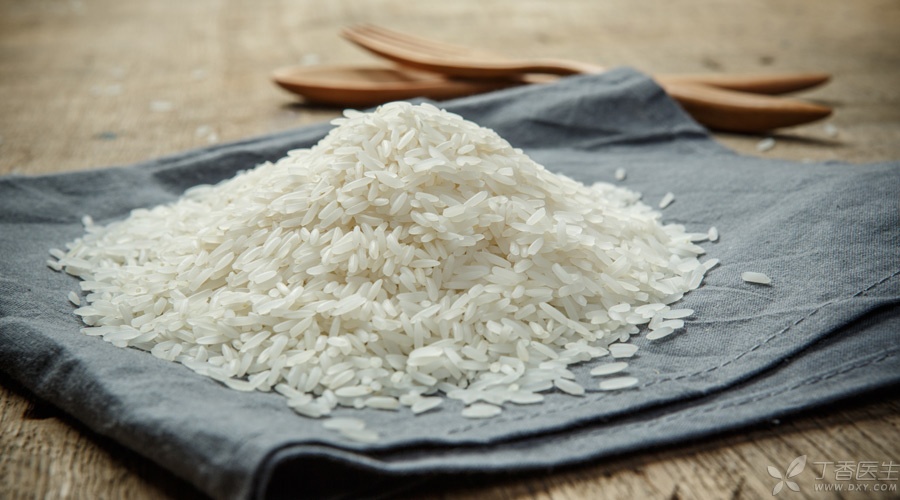
Rice treated with refined white is very easy to digest and blood sugar rises rapidly after meals.
Digestion speed is fast, blood sugar rises fast, if there is not enough exercise to consume the blood sugar, the body is not sensitive to insulin response, then after meals will always be in a state of hyperglycemia, will increase the synthesis of fat, causing diabetes trouble.
In addition to white rice, white rice porridge, white steamed bread and white bread are also not conducive to the prevention of diabetes. These foods are all foods with ultra-high blood sugar response, no less than or even worse than white sugar, and diabetics should stay away from them.
However, the digestion speed of all kinds of brown rice that have not been refined, whether ordinary brown rice, purple rice or black rice, is obviously lower than that of refined white rice.
A Chinese study published in 2010 found that replacing white rice with black rice can reduce the risk of type 2 diabetes.
Therefore, many nutritionists advocate eating brown rice, and Japan also recommends mixing half white rice and half brown rice to cook rice.
Which staple foods can be selected?
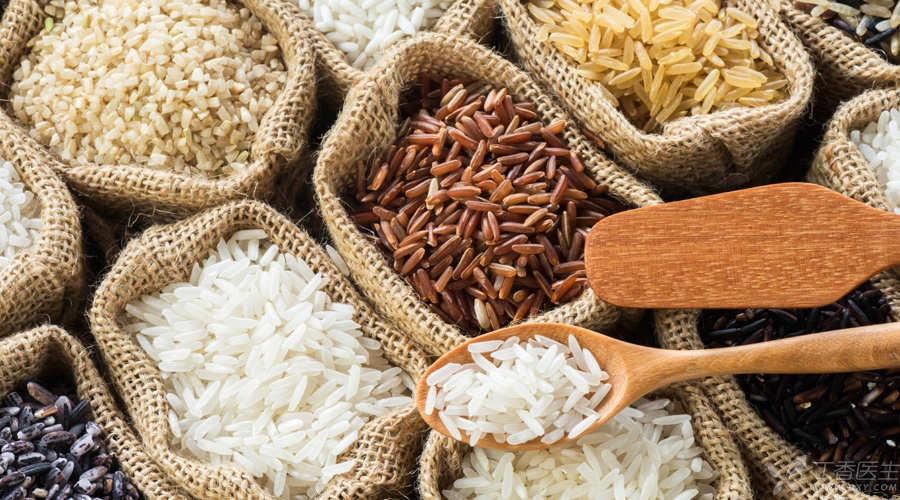
Most people are used to eating refined white, fine and soft rice, and are quite dissatisfied with brown rice with a hard skin outside.
In order to improve the taste, it is necessary to make it soft and smooth. However, when brown rice is soft and rotten, the blood sugar reaction will increase.
Can’t you have both delicious and healthy? In fact, there are still many ingredients that can be used as staple food.
There is brown rice in the rice-after grinding white, it is the refined white rice we eat everyday. When not grinding, it is yellowish, light brown or with a little light green, and there are varieties with different seed coat colors such as black rice/purple rice/red rice/green rice.
Wheat-grinding off the outer layer, that is, white flour used in daily life-can also eat whole wheat grains.
Millet, sorghum, barley, oats, naked oats, buckwheat, corn and other grains are also good choices.
The ancients said that “five cereals are for nourishment”, which also includes miscellaneous beans, such as red beans, mung beans, kidney beans, dried peas, dried broad beans, dried lentils, etc.
In addition, there are some plant seeds with starch content comparable to that of rice and wheat, such as lotus seeds, gordon euryale seeds, coix seed, etc., which can also be added to staple food.
All of the above mentioned have high nutritional value and low postprandial blood sugar reaction.
How to eat staple food if you want to reduce blood sugar reaction?
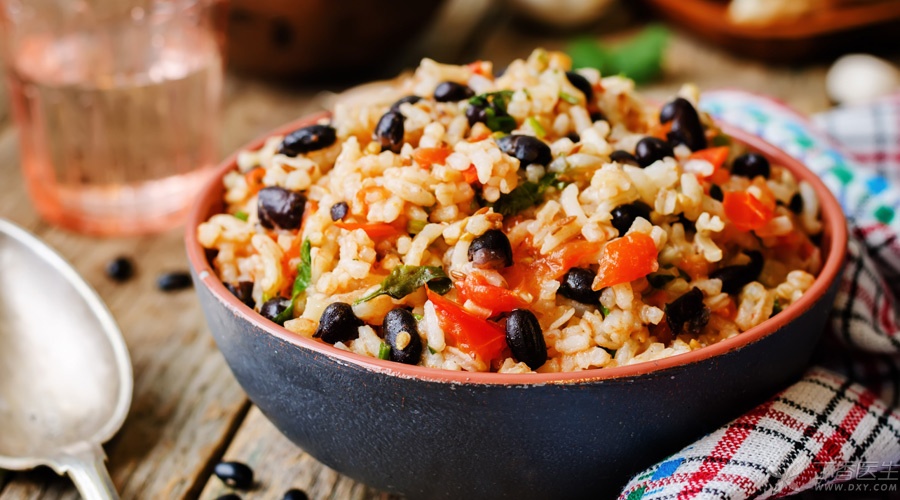
The simple method is to use a variety of ingredients to make mixed staple food.
For example, starch-rich red beans, mung beans, kidney beans, peas and broad beans have particularly low blood sugar reactions. Mix them with rice and cook them into red bean rice, kidney bean porridge and eight treasures porridge. As long as beans account for half of the proportion, the blood sugar reaction after meals can be greatly reduced.
Oats are also famous for hypoglycemic reactions. Adding some oatmeal to rice and cooking together also has the effect of delaying digestion.
Another advantage of eating like this is that it can greatly increase the vitamins and minerals in staple food and also increase the intake of vegetable protein.
Another way is to work hard on eating skills.
When eating rice, try to be slow, with a large number of green leafy vegetables, plus a proper amount of tofu, fish, etc.
In this way of eating, rice is blocked by other foods, and the speed of eating is slow, so the blood sugar will not rise rapidly in a short period of time.
Remember that at this time, you should use vegetables that are rich in fiber and need to be chewed, such as broccoli, pakchoi, spinach and celery. Boiled soft tomatoes, radishes and wax gourd have too low fiber content and chewiness, which makes it difficult to effectively reduce the blood sugar reaction.
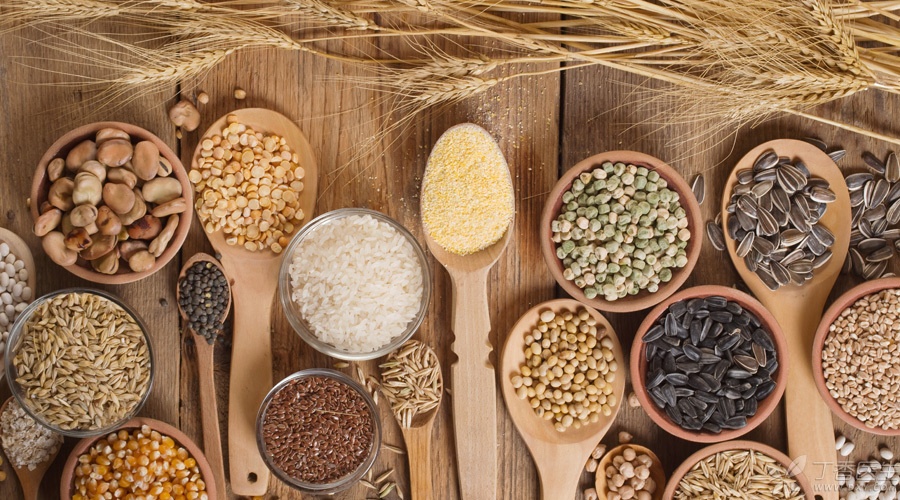
Since eating these coarse cereals has so many benefits for controlling blood sugar and preventing diabetes, it is better to do so.
Add a handful of oatmeal to the white rice porridge, add millet, red beans, oats and lotus seeds to the white rice, replace the white steamed bread with whole wheat steamed bread, and change the white flour pancake into miscellaneous bean coarse cereal pancake…
Does it look easy to operate? Give it a try!
